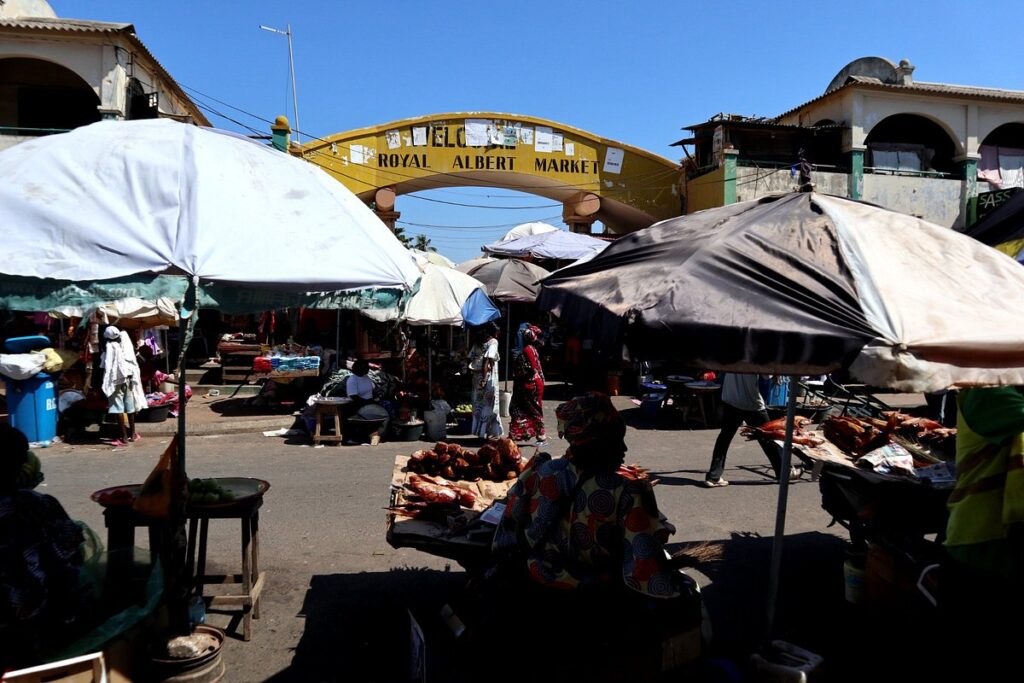At a Glance
- Open markets anchor regional trade and supply millions with goods across major African cities.
- Infrastructure gaps and modernization pressures challenge markets but also open new investment opportunities.
- These hubs generate jobs, support microbusinesses and shape daily commerce across the continent.
From Dakar to Dar es Salaam, Africa’s open market, informal yet deeply organized commercial ecosystems, are emerging as some of the most influential economic engines on the continent.
Long before shopping malls or e-commerce platforms appeared, these sprawling marketplaces shaped trade flows, consumer behavior, and supply chains.
Today, they remain central to national economies, supporting millions of jobs while showcasing the continent’s cultural and entrepreneurial dynamism.
Across Africa, open markets form some of the continent’s most powerful commercial engines — from Dakar’s Grand Marché and Accra’s Makola to Lagos and Onitsha, where tens of thousands of traders move tens of millions of dollars in goods each day.
East Africa’s Kariakoo, Addis Mercato and Kampala’s Owino anchor food and retail distribution, while North Africa’s Khan el-Khalili and Marrakech’s Jemaa el-Fnaa blend commerce and culture.
Together, these marketplaces power regional economies, shape trade routes, and remain the heartbeat of daily life.
Open markets remain vital employers, absorbers of labor, and catalysts for entrepreneurship. Yet they face growing challenges: limited infrastructure, financing constraints, inadequate sanitation, and the pressures of rapid urbanization. Opportunities, however, are equally significant.
For policymakers, investors, and development partners, Africa’s open markets represent not relics of the past but evolving economic ecosystems, flexible, resilient, and central to the continent’s commercial future. Shore Africa profiles 20 of Africa’s top open markets, shaping trade flows, consumer behavior, and supply chains.
1. Grand Marché — Dakar, Senegal
Location & scale: Central Dakar market with an estimated 10,000+ vendors.
Specialties: Textiles, imported consumer goods, produce and artisanal crafts.
Economic role: Major retail and distribution node for Senegal and francophone West Africa.
Challenges: Congestion, limited storage and transport logistics.
Opportunity: Investments in cold storage and digital payments could raise vendor margins.
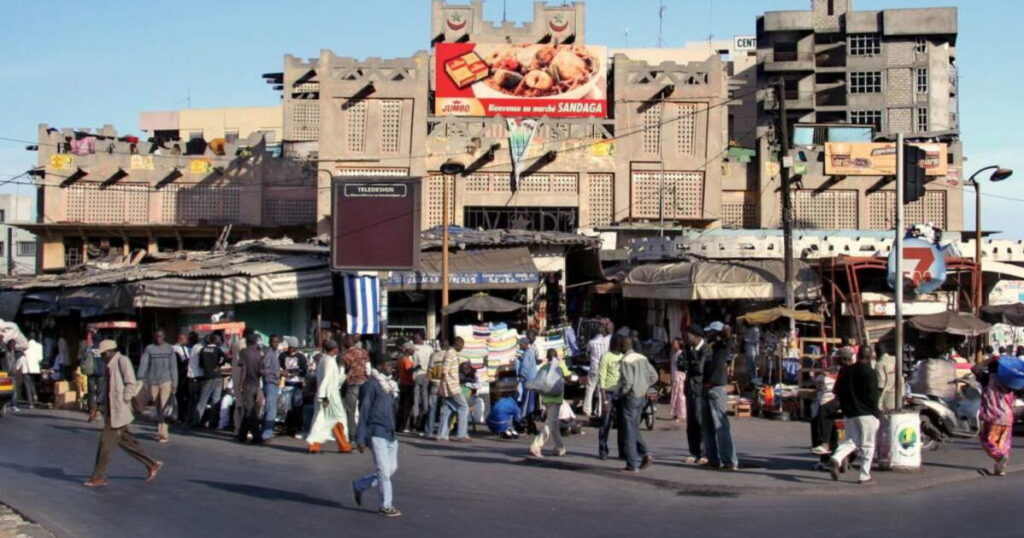
2. Lagos Market — Lagos, Nigeria
Location & scale: sprawling interlinked markets across Lagos, often cited at 50,000+ traders.
Specialties: Wholesale and retail of electronics, clothing, cosmetics, vehicle parts.
Economic role: Continental hub that supplies West and Central Africa; critical for informal wholesale trade.
Challenges: Infrastructure, security, regulatory fragmentation.

3. Onitsha Market — Onitsha, Nigeria
Location & scale: Dense, urban market complex on the Niger’s banks—regional draw.
Specialties: Textiles, plastics, vehicle parts, household goods, electricals.
Economic role: One of Africa’s busiest inland trading complexes and wholesale corridors.
Challenges: Informality, periodic congestion and market fires.
Opportunity: Better fire prevention and microcredit for stall upgrades would reduce systemic risk.
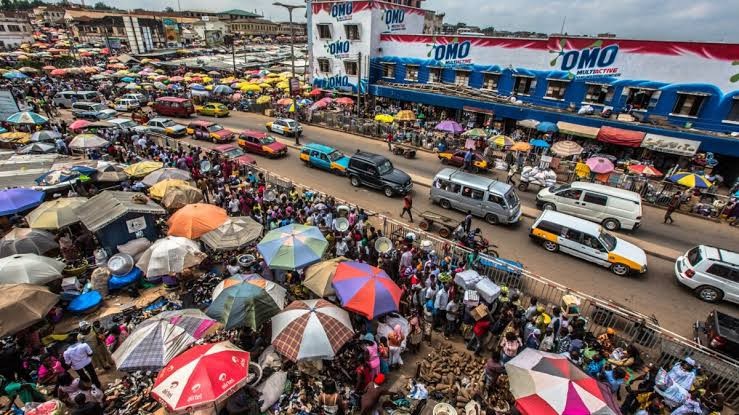
4. Makola Market — Accra, Ghana
Location & scale: Central Accra marketplace with ~10,000+ vendors.
Specialties: Clothing, fabrics, perishables, second-hand goods.
Economic role: Supplies households and small retailers across Accra and beyond.
Challenges: Urban redevelopment pressures and periodic relocation disputes.
Opportunity: Structured vendor associations can smooth modernization and retain livelihoods.

5. Kariakoo Market — Dar es Salaam, Tanzania
Location & scale: Large, dense market sprawled across city streets and dedicated halls.
Specialties: Produce, wholesale foodstuffs, clothing, small electronics.
Economic role: Primary food distribution and informal wholesale center for Tanzania.
Challenges: Traffic gridlock and sanitation.
Opportunity: Targeted investments in cold chains and loading bays would boost efficiency.

6. Addis Mercato — Addis Ababa, Ethiopia
Location & scale: One of Africa’s largest open-air markets, spanning multiple districts.
Specialties: Spices, textiles, livestock products, handcrafted goods.
Economic role: Extensive microenterprise ecosystem connecting producers and urban consumers.
Challenges: Formalization and infrastructure for very small businesses.
Opportunity: Training programs and micro-logistics could raise productivity for thousands of micro-vendors.
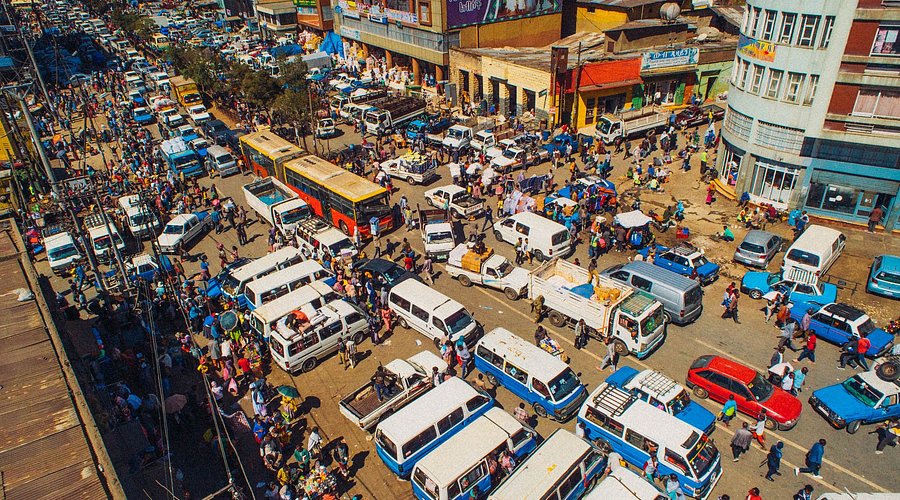
7. Owino Market — Kampala, Uganda
Location & scale: Owino, the largest central market in Uganda, busy urban market catering to low- and middle-income shoppers.
Specialties: Clothing, electronics, general household goods.
Economic role: Important source of affordable consumer products and vendor employment.
Challenges: Overcrowding and competition from modern retail.
Opportunity: Digital inventory and mobile payment adoption would help vendors reach urban middle classes.
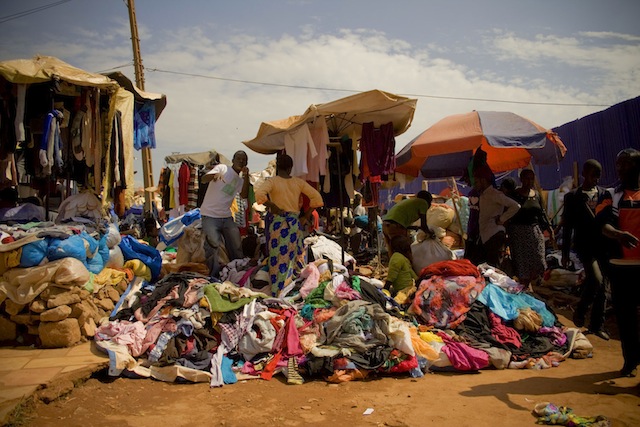
8. Maasai Market — Nairobi, Kenya
Location & scale: Rotating markets across Nairobi neighborhoods; artisan-focused.
Specialties: Maasai beadwork, leather goods, carvings and tourist-oriented crafts.
Economic role: Cultural marketplace and income source for artisans and tourism value chain.
Challenges: Seasonality and dependence on tourist flows.
Opportunity: E-commerce channels and cooperative branding can stabilize incomes year-round.
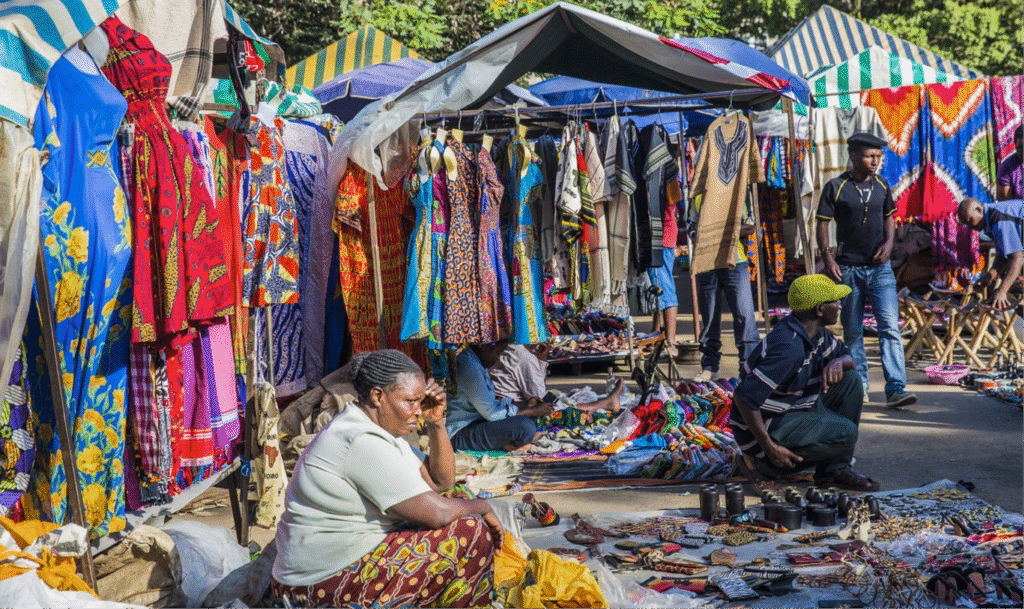
9. el-Khalili — Cairo, Egypt
Location & scale: Historic bazaar in Old Cairo with numerous alleys and workshops.
Specialties: Metalwork, spices, textiles, traditional crafts and jewelry.
Economic role: Cultural and tourist magnet that also serves local shoppers.
Challenges: Preservation vs. modernization tensions; visitor crowding.
Opportunity: Heritage-led retail strategies can combine tourism revenue with artisan protection.

10. Jemaa el-Fnaa — Marrakech, Morocco
Location & scale: Iconic central square and market with ~5,000+ traders and vibrant street economy.
Specialties: Food stalls, performers, crafts, spices, textiles.
Economic role: Major cultural and economic lifeline for artisans and performers tied to tourism.
Challenges: Tourism volatility and infrastructure for waste/sanitation.
Opportunity: Better waste management and performance-rights frameworks would professionalize earnings.
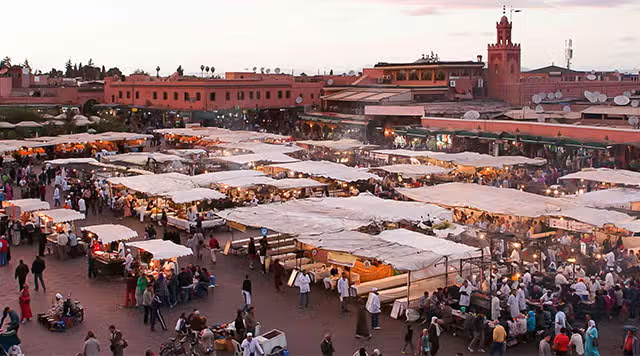
11. Kejetia Market — Kumasi, Ghana
Location & scale: Massive commercial complex with over 50,000 shops and stalls.
Specialties: Foodstuffs, textiles, building materials, consumer goods.
Economic role: Regional trade epicenter in Ghana’s Ashanti region.
Challenges: Urban planning, sanitation, and periodic fire risks.
Opportunity/tip: Phased redevelopment and resilient infrastructure investments could raise productivity.
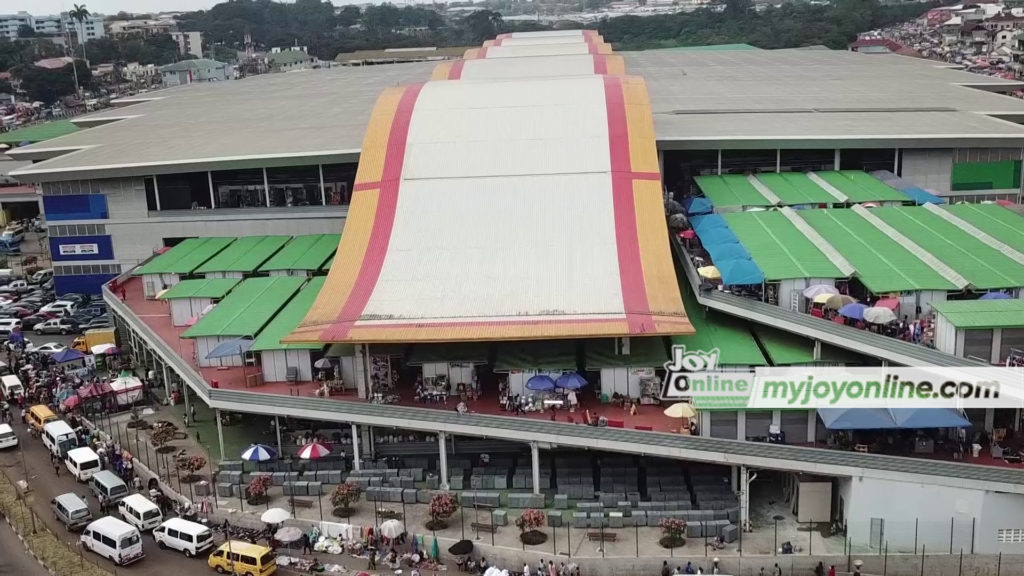
12. Fourways Farmers Market — Johannesburg area, South Africa
Location & scale: Open-air weekend market popular with middle-income urbanites.
Specialties: Artisanal foods, fresh produce, crafts, live music and leisure.
Economic role: Platform for SMEs, artisan food producers, and lifestyle retail.
Challenges: Competition from year-round retail spaces; limited operating days.
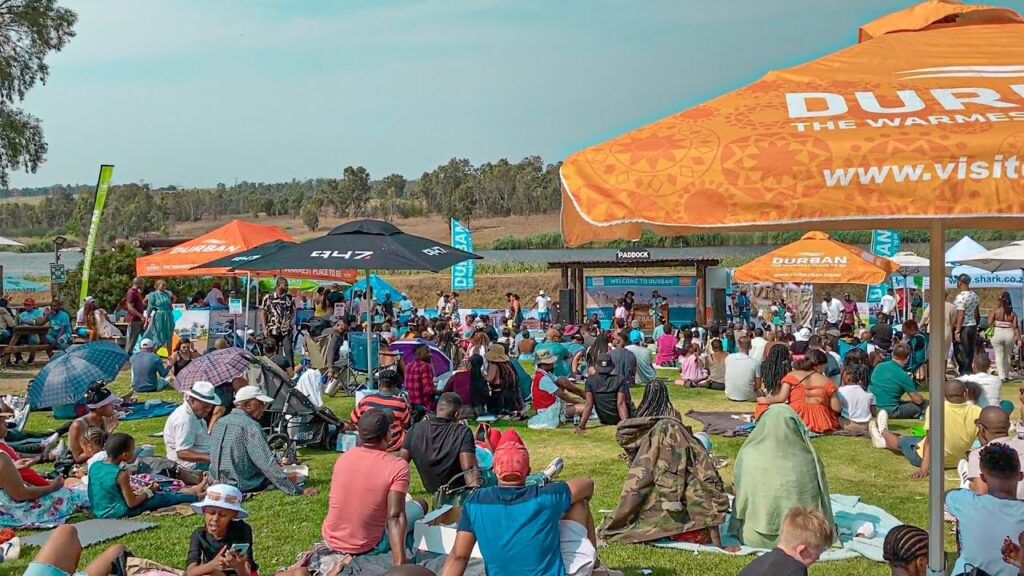
13. City Market — Kigali, Rwanda
Location & scale: Central Kigali commercial market serving urban consumers.
Specialties: Fresh produce, textiles, household goods and small electronics.
Economic role: Model for modernization with efforts toward cleaner, organized market space.
Challenges: Balancing modernization with vendor inclusion.
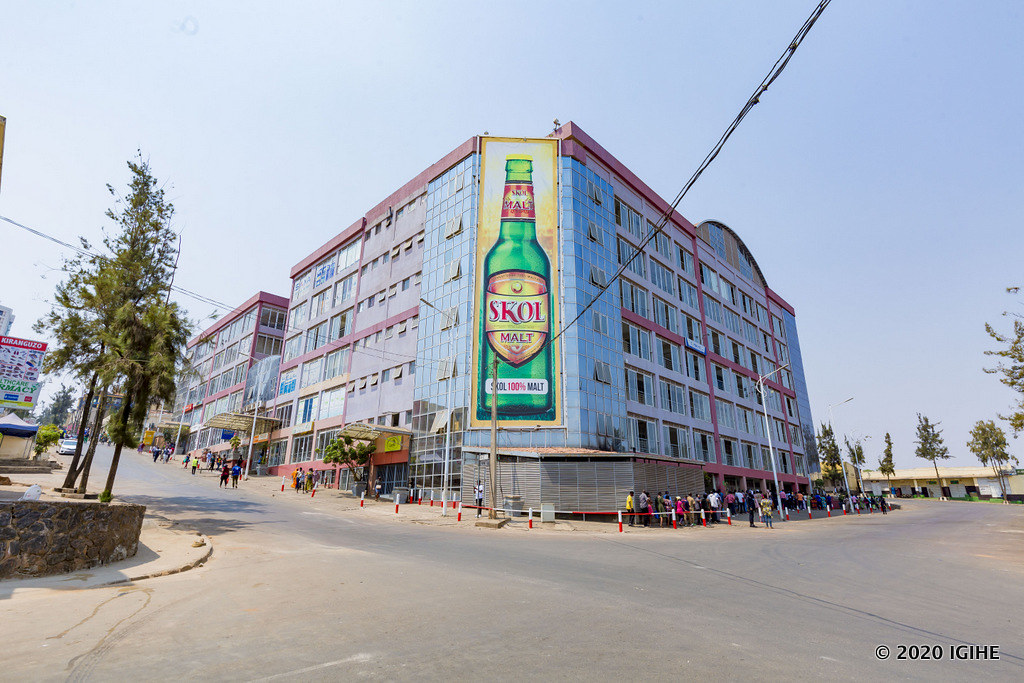
14. Arusha Central Market — Arusha, Tanzania
Location & scale: Central market in Arusha serving residents and tourists.
Specialties: Fresh produce, spices, textiles, Maasai beadwork and crafts.
Economic role: Key distribution point for regional agriculture and a gateway market for safari-tourism supplies.
Challenges: Seasonal demand swings linked to tourism, basic storage facilities for perishables.

15. Khan el-Khalili — Cairo, Egypt
Location & scale: Historic bazaar in Old Cairo with many alleys and workshops.
Specialties: Spices, brassware, textiles, traditional jewelry and souvenirs.
Economic role: Dual-purpose market—serves local shoppers and draws international tourists to Cairo’s heritage quarter.
Challenges: Conservation vs commercial pressures, crowd management, and aging infrastructure.
Opportunity/tip: Heritage-focused visitor programs and curated retail trails would increase per-
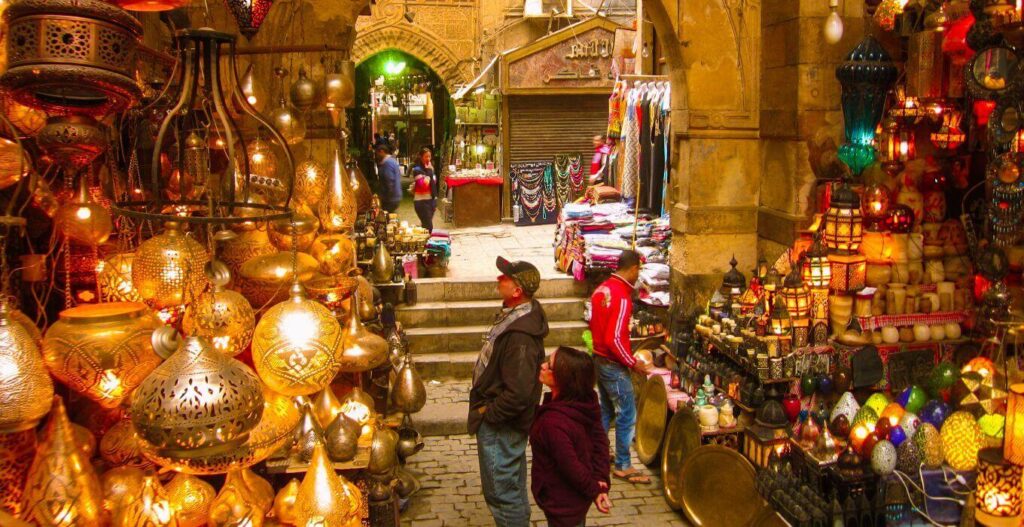
16. Mombasa Market — Mombasa, Kenya
Location & scale: Coastal trading hub, estimated about 2,000 vendors and $250,000 in daily transactions.
Specialties: Fresh fish and seafood, spices, imported goods, textiles and household items.
Economic role: Main supply centre for coastal communities and the island’s hospitality sector.
Challenges: Perishables logistics, flood/tidal impacts in low-lying areas, informal sanitation systems.
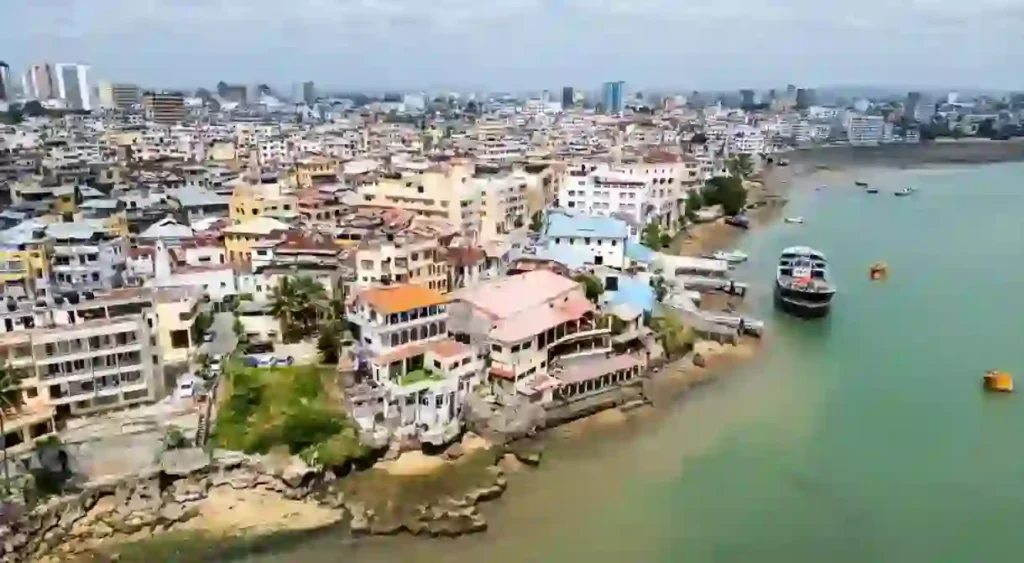
17. Zanzibar Market — Zanzibar, Tanzania
Location & scale: Stone Town and surrounding markets with over 1,000 traders and $150,000 daily activity.
Specialties: Spices (cloves, nutmeg), dried fruits, local crafts, and tourist-oriented souvenirs.
Economic role: Combines everyday commerce with a high-tourism value chain supporting hotels and tours.
Challenges: Heavy reliance on tourism, seasonal volatility, and infrastructure constraints on small islands.
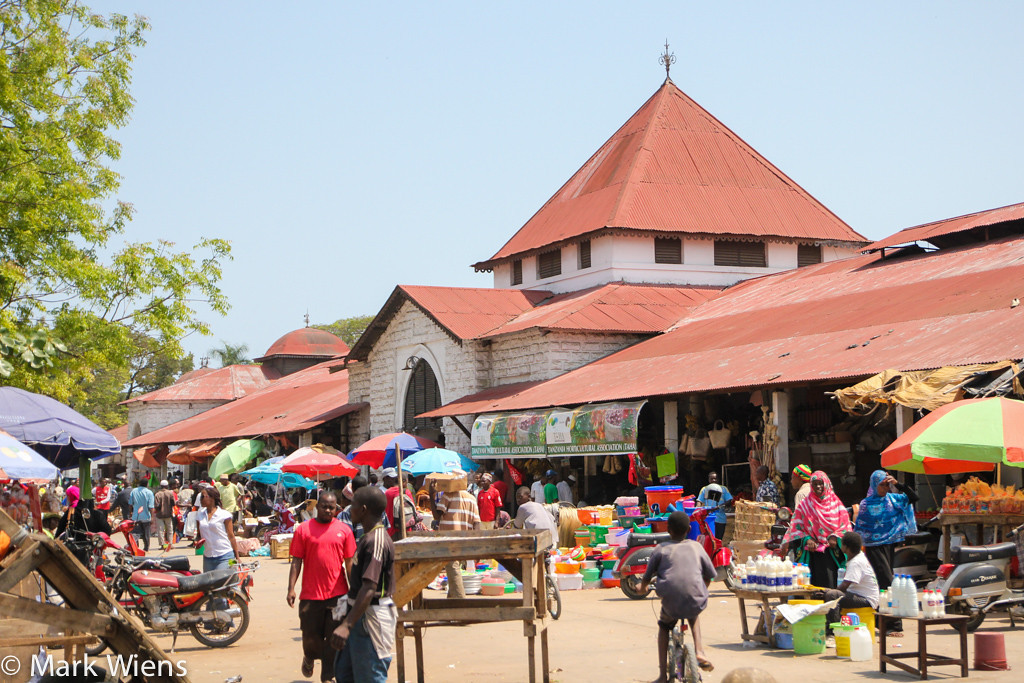
18. Goma Market — Goma, Democratic Republic of Congo
Location & scale: Regional trading centre in eastern DRC with over 1,500 vendors and $100,000 daily turnover.
Specialties: Agricultural produce, basic manufactured goods, cross-border trade items.
Economic role: Critical hub for local food security and cross-border commerce with Rwanda and Uganda.
Challenges: Political instability risks, logistics bottlenecks, limited formal financial services.
Opportunity/tip: Mobile money adoption and small grants for vendor resilience (storage, insurance) can mitigate shocks and formalize trade.
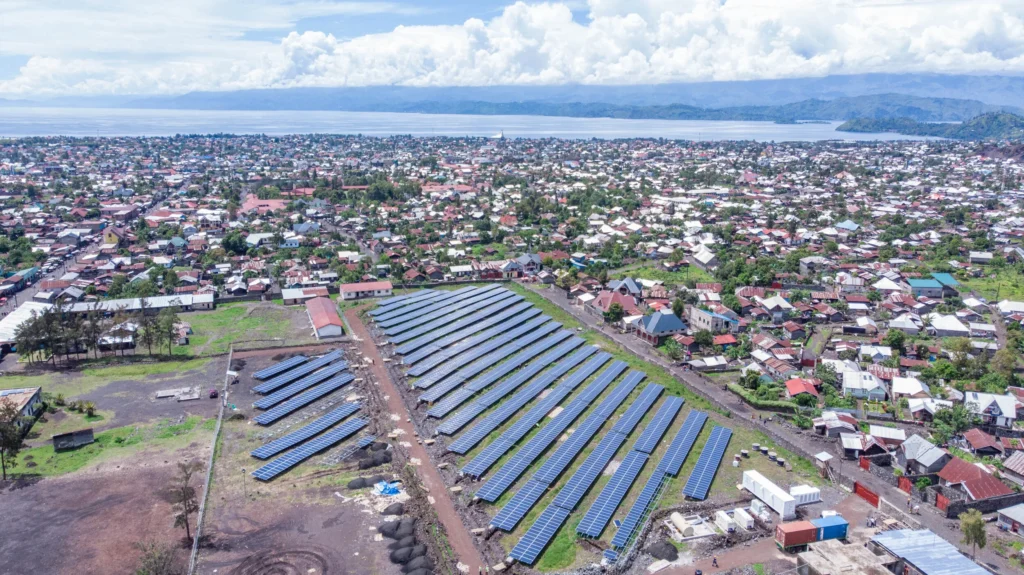
19. Freetown Market — Freetown, Sierra Leone
Location & scale: Urban market cluster serving the capital, with over 500 vendors and $30,000 daily transactions.
Specialties: Fresh produce, fish, textiles, and household wares.
Economic role: Provides affordable staples to city residents and livelihood opportunities for urban households.
Challenges: Infrastructure deficits, vulnerability to seasonal flooding, limited access to credit.
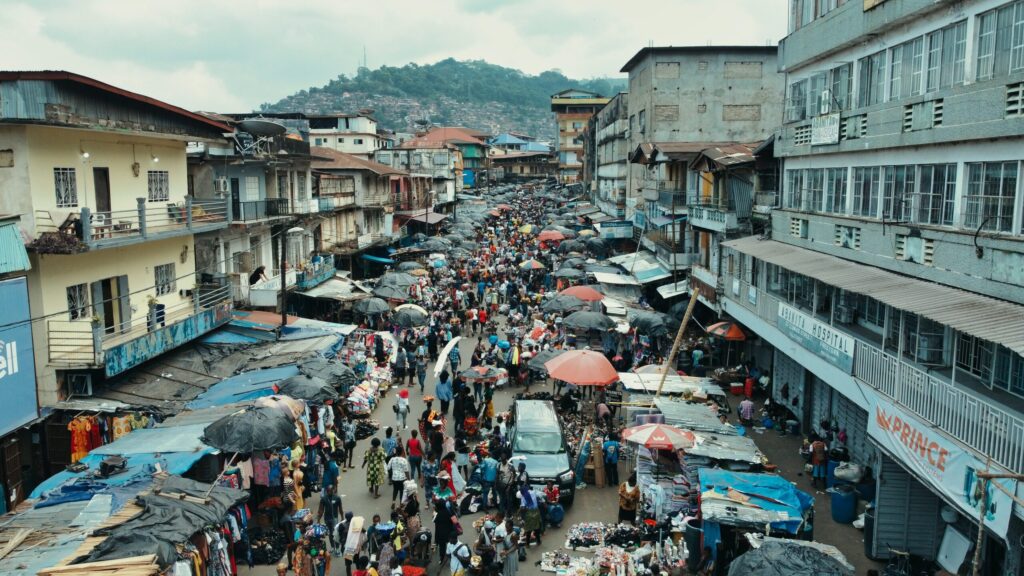
20. Banjul Market — Banjul, Gambia
Location & scale: Central market in the Gambian capital with about 500 traders and $20,000 in daily trade.
Specializing in local produce, fish, textiles, artisanal crafts and daily household goods, it serves city neighborhoods and supports smallholder farmers via urban demand.
